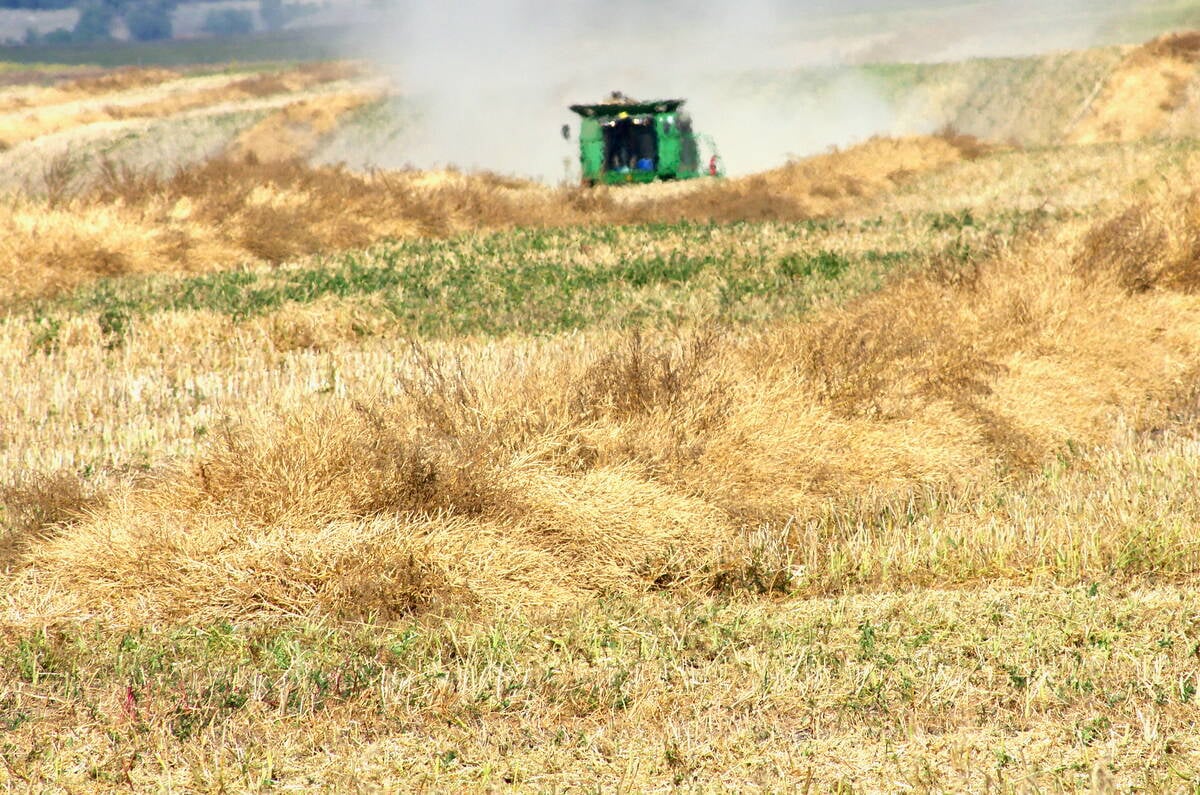Record-setting program payments sustained many sectors of Canadian agriculture during the first nine months of the year as grains and oilseeds market receipts plummeted, the federal government reported last week.
The Statistics Canada Nov. 24 report notes that not all affected low-income farmers would have benefited from the program. The report dealt in averages and overall statistics.
On Nov. 23, a day before the farm receipts report, Ottawa announced $755 million in aid to grains and oilseeds producers.
Agriculture minister Andy Mitchell said during the announcement that program payments could be 20 percent higher this year than in record-setting 2004, possibly hitting $6 billion.
Read Also

Manitoba searches for Plan B on canola oil exports
A new report explores Manitoba’s current canola oil trade and possible alternative markets to the U.S.
The next day, Statistics Canada reported that in the nine months to the end of September, program payments were up almost 18 percent from last year to $4 billion.
Program payments are on track to account for at least 15 percent of farm cash receipts and virtually all of net farm income in 2005.
The federal report said market revenues from sale of grains and oilseeds during the first nine months of the year declined by 29 percent for corn, 29 percent for non-durum wheat and almost 37 percent for barley. It was a combination of falling market prices, poor quality and increased international competition.
At the same time, livestock receipts were up because of the opening of the American border to imports of young Canadian cattle and cuts from those cattle, said the federal agency.
“Livestock farmers saw their revenues increase by seven percent to reach $13.4 billion, 3.4 percent above the previous five-year average,” said the Statistics Canada analysis.
And while prices remained far below historic pre-BSE levels, the agency said that the partial border opening did help domestic prices as well.
Still, only record program payments, which reached a record $4.9 billion, kept gross farm receipts stable compared to historic levels. Realized net farm income after depreciation was $2.1 billion.














